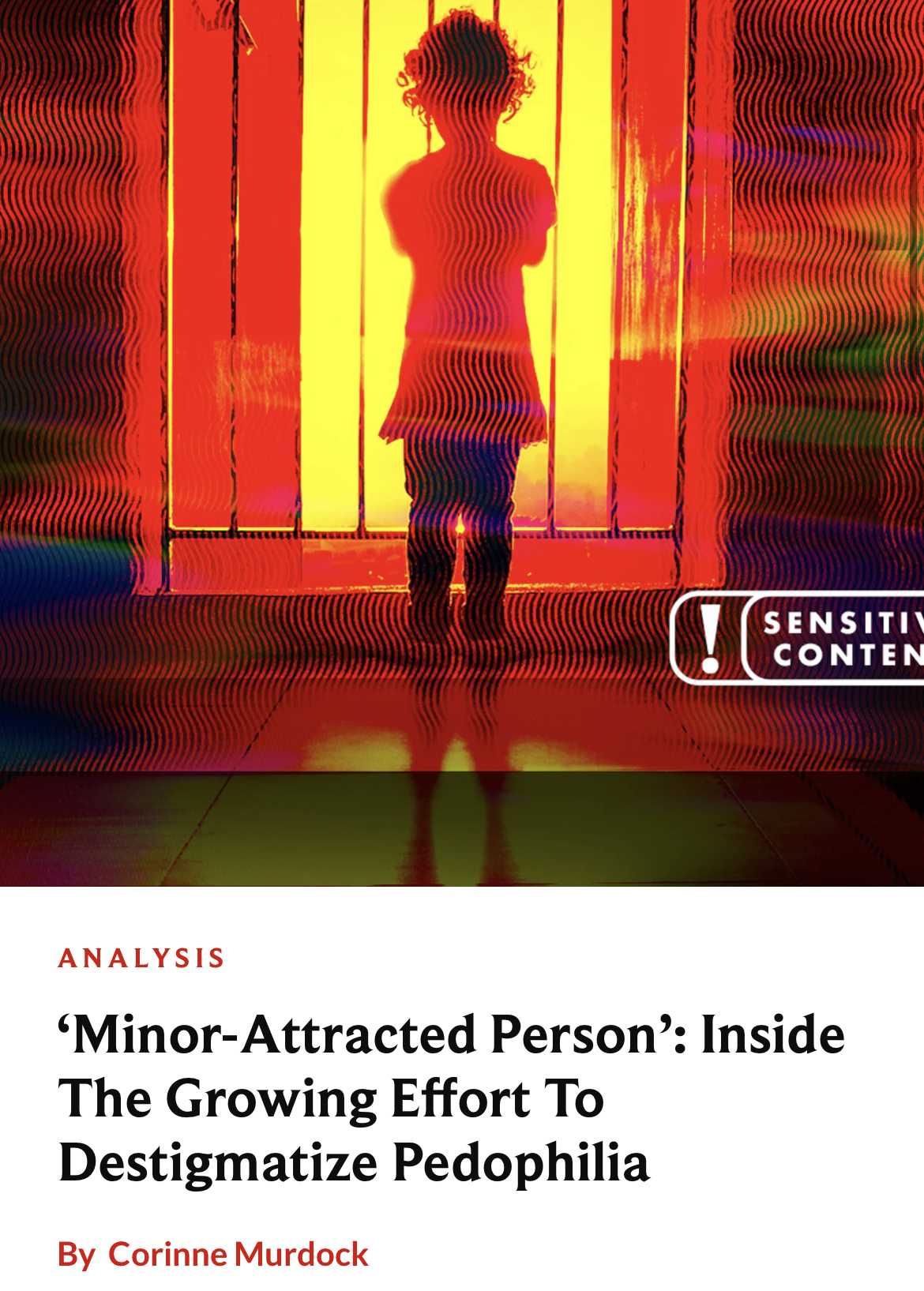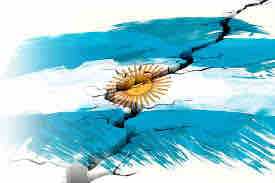Try walking down the street.
https://www.dailywire.com/news..../minor-attracted-per
t.me/PeoplePowerAus

לְגַלוֹת פוסטיםחקור תוכן שובה לב ונקודות מבט מגוונות בדף Discover שלנו. חשוף רעיונות טריים והשתתף בשיחות משמעותיות
Try walking down the street.
https://www.dailywire.com/news..../minor-attracted-per
t.me/PeoplePowerAus







ANALYSIS of Argentina
The possible emergence of a new rift
Part 1
By Karin Hiebaum
International Correspondent
Argentine history can be seen through the lens of a crack that has been growing deeper and deeper until it is no longer possible to see what divides.
The possible emergence of a new rift
The options are: who is currently governing or who did it in the past. We ask ourselves before each investigation when we will stop asking this question. From the 2001 crisis emerged an order that has been showing signs of exhaustion for some time now, with no clear perspectives yet of what the characteristics of the Argentina of the future will be. And if the governments of De La Rua and Duhalde were the transition between Menemism and Kirchnerism, those of Macri and Alberto Fernandez may end up being the bridge between Kirchnerism and what is still terra incognita, as they used to call in the old maps those places not yet explored.
If the nineties were a symbol of stability, convertibility, deregulation, privatizations and shrinking of the State, its counterpart was the lack of competitiveness of the economy, limited by the rigidity of a revalued exchange rate but at the same time adored by the Argentines at that time, the always remembered 1 to 1. Several international crises (Tequila, Rice) highlighted the limits of a model that generated high levels of unemployment without an adequate social containment mesh. Thus, the social protest movements that emerged at that time were here to stay. Contrary to what many suppose, the piqueteros are not a 2001 phenomenon but emerged in the heat of Menemism.
The middle sectors that enjoyed high standards of consumption in the last decade of the last century became aware of the limits of convertibility when Domingo Cavallo announced the corralito. From there it was only a step to solidarity with the excluded. The unemployed marched to the applause of the middle class. What came later is fresher in our memory. From 2003 onwards the symbols of the new times were more state intervention, more regulations, more state, and above all the development of a series of income policies for the sectors with greater difficulties in inserting themselves in the labor market. The already famous "plans".
Politically, if the expression of the nineties was a liberal Peronism, open to the world, a strategic ally that maintained carnal relations with the United States, the expression of the new post-Menemist order was a national and popular, statist and Latin Americanist Peronism. As for the political opposition, from Menemism emerged Frepaso, the political force led by Chacho Alvarez whose growth was leveraged on the challenges to the levels of corruption shown by the government and the subjugation of institutions such as the Supreme Court, but which found little space to build an alternative to convertibility. Moreover, the ALLIANCE between the Frepaso and the UCR won in 1999 promising that the one to one would not be touched.
The mobile retentions crisis of 2008 also began to show the limits of the model that emerged in 2003. Incipient inflation, the need for fiscal resources and the lack of foreign currency, three historical problems of the economy, which would try to be solved with various patches: nationalization of AFJP funds, monetary emission, indebtedness and foreign exchange restrictions. But the opposition to Kirchnerism grew in the heat of the corruption accusations and once again, in order to win, it had to promise that essential aspects of CFK's government would not be violated, from the state airline to the broadcasting of soccer matches on open television, as well as maintaining subsidized public utility rates.
It would be risky to say that Macri's government was a continuity of Kirchnerism, but the truth is that its end showed the limits of its transforming capacity. Argentina ran out of external financing, the devaluation accelerated and along with it the inflationary process. The government had to resort to the IMF, apply a clamp and the end is known history with the return of Peronism to power in its 2019 version, a moderate Kirchnerism in the figure of Alberto Fernandez.
Two years later, pandemic through, the cepo continues, external financing is still cut, inflation is accelerating and the Frente de Todos is plunged into a political crisis that shows the disagreements of the Vice President with President Fernandez in broad daylight after having been defeated in the mid-term election. However, the political scenario is more complex.







Neil Lang
מחק תגובה
האם אתה בטוח שברצונך למחוק את התגובה הזו?